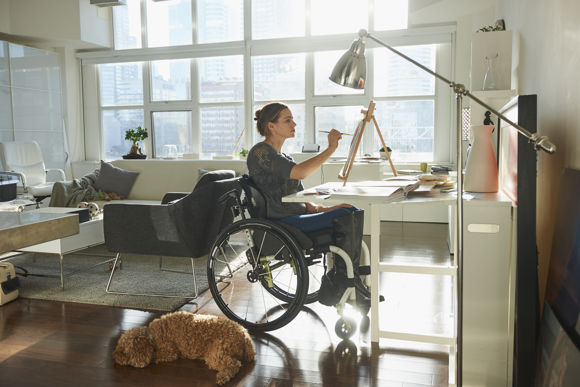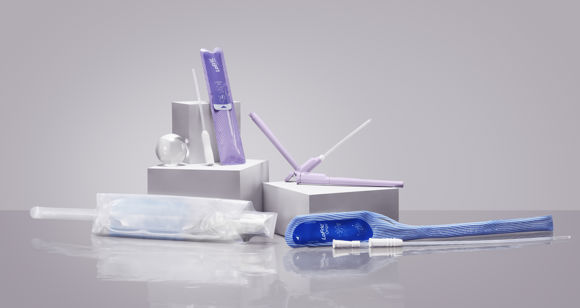What is Urinary Retention?
If you are having difficulty emptying your bladder or are unable to completely empty your bladder, you may be experiencing urinary retention. While this can be distressing, it's more common than you may think. As a man, you are more likely to experience some type of retention as you age (1 in 10 men over the age of 70. Thankfully, there are a variety of effective treatments available.
Urinary Retention Symptoms and Causes
Urinary retention is generally signified by the inability to urinate or difficulty in urinating. The symptoms and causes can vary dependent on the type of urinary retention that you may be experiencing and are generally divided into acute urinary retention and chronic urinary retention.

Types of Urinary Retention
Acute Urinary Retention
A sudden inability to urinate usually indicates that you may have another condition that requires treatment. It may be caused by:
- Obstructions in the bladder or urethra (the tube that carries urine from the bladder outside the body).
- A disruption of sensory information in the nervous system (e.g. spinal cord or nerve damage).
- Swelling of the bladder (e.g. by delaying urination for an extended period of time).
In addition to a clear and sudden inability to void or empty the bladder, people with acute urinary retention usually experience a swollen abdomen.
Complications of untreated urinary retention can include bladder damage and chronic kidney failure.
Chronic Urinary Retention
Chronic urinary retention is, like acute retention, commonly caused by a separate condition that requires treatment. This may be:
- A hindrance in the outlet
- A weak bladder muscle
- A neurological problem
- A side effect of pharmaceuticals
Symptoms can be confusing, because while you may be able to urinate, you may have trouble starting a stream or emptying your bladder completely. You may urinate frequently; you may feel an urgent need to urinate but have little success when you get to the toilet; or you may feel you still have to go after you’ve finished urinating. At the same time, you may also dribble urine in between trips to the toilet, due to an overfull bladder (overflow incontinence).
Because of these confusing symptoms, chronic retention quite often gets diagnosed as overactive bladder or urge incontinence. This is serious, as the treatment for overactivity is basically to “calm the bladder down” with pharmaceuticals - which increases the level of retention.
Your healthcare professional may use an ultrasound or measure residual urine after catheterization to be sure you are not experiencing retention. Complications with untreated chronic retention include urinary tract infections, bladder damage, incontinence, and chronic kidney failure.
Urinary Retention Treatment
Whether you are experiencing acute or chronic urinary retention the most common treatment is draining the bladder of urine using a catheter. As well as treatment of the underlying cause.
The good news is whether the leakage is due to retention or incontinence, it can be helped quickly and easily with self-catheterization. Self-catheterizing with LoFric helps you make sure the bladder is completely drained, preventing an over-full bladder and the leakage and health problems it can cause.
How can you have urinary retention symptoms while also experiencing incontinence?
Incontinence and retention are completely opposite problems. Incontinence makes it hard to hold your urine, while retention makes it hard to pass your urine. However, when you are experiencing retention, it may prevent you from emptying your bladder completely. Your body continues to produce more urine than you pass on each visit to the toilet.
Eventually, the build-up of urine in your bladder exceeds its capacity to hold it. This results in urine leakage, usually associated with incontinence, as well as potentially dangerous backflow to the kidneys or bladder muscle damage.

-
Treatment Options for Bladder Problems
In this section, we explore the treatment options available for bladder problems, one of which is catheters. Learn about the different types of catheters and how they are used.

-
Living with Bladder Problems
To live with a condition that requires you to catheterize on a regular basis may feel overwhelming in the beginning. Find comfort in the fact that you are not alone.

-
Bladder Products
LoFric is a complete solution for short- and long-term bladder management. Based on the unique Urotonic Surface Technology, LoFric enables intermittent catheterization in a safe and user-friendly way.
